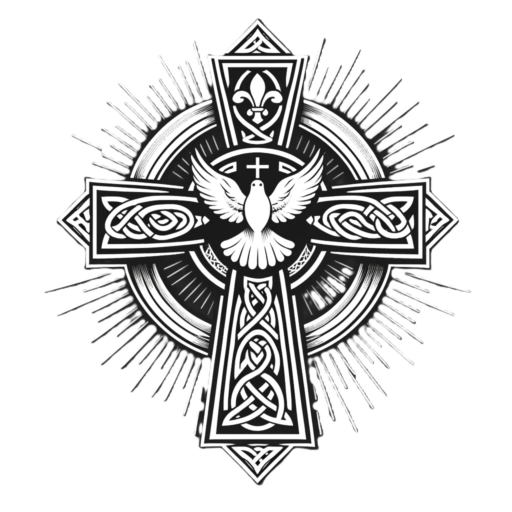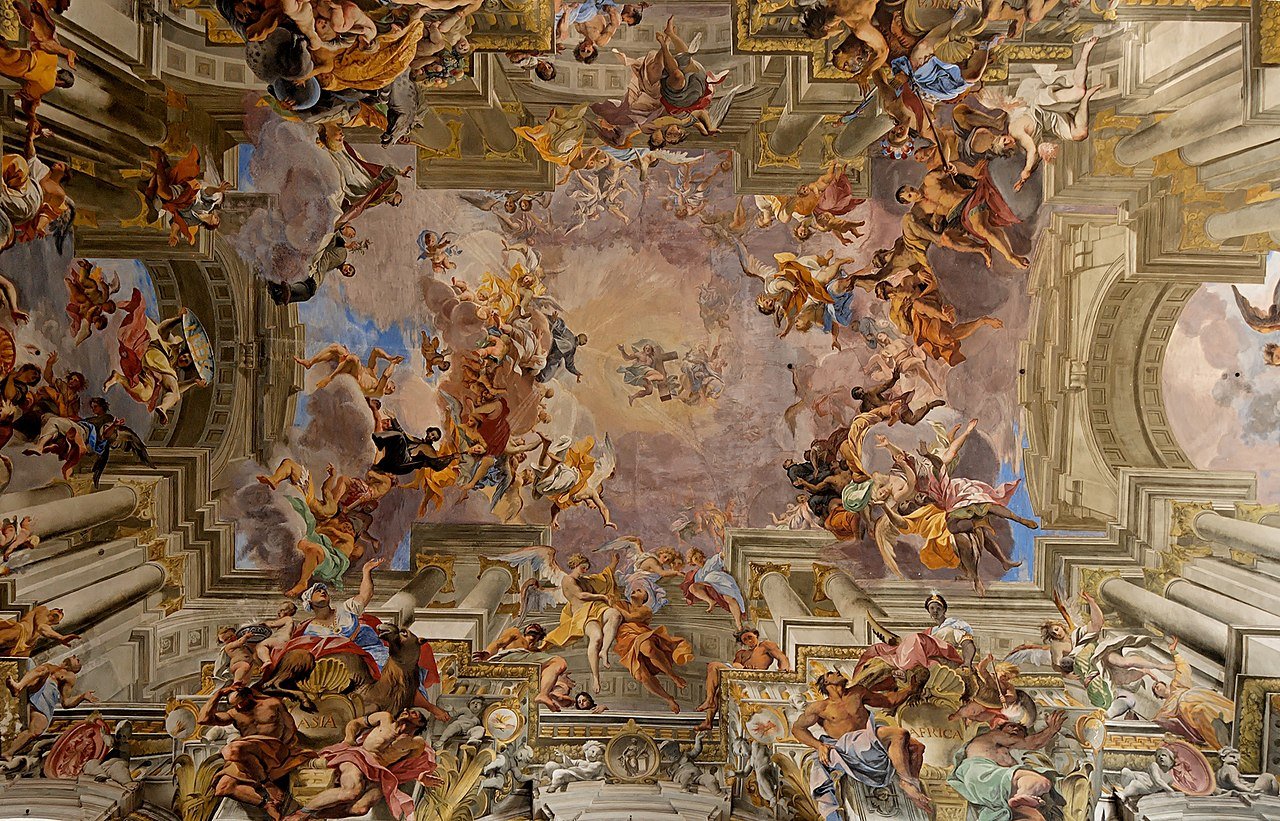After His resurrection, Jesus appeared to His apostles in a form tangible yet glorified, transcending the ordinary limits of earthly existence. During one such profound encounter, He asked them for food. The apostles, witnessing His tangible presence, provided Him with a piece of baked fish, which He took and ate in their presence.
This act was not out of necessity, for His resurrected body was not bound by the physical needs that constrain mortal beings. Instead, it served to affirm His true resurrection in a physical form and to foreshadow the heavenly existence where eating may still be a part of our experience.
In heaven, it seems that such acts, including eating, might continue not for sustenance but for fellowship and celebration. The consuming of food in this resurrected state highlights a continuity between our earthly lives and the heavenly realm, suggesting that the joys and communal aspects of eating might be preserved in the eternal, glorified life to come.
Let's Review the Key Points
- Resurrected Jesus’ Appearance: After His resurrection, Jesus appeared to His apostles in a glorified yet tangible form.
- Request for Food: He asked His apostles for something to eat to demonstrate His physical reality.
- Apostles’ Response: They gave Him a piece of baked fish.
- Jesus Eating the Fish: He ate the fish not out of necessity, but to affirm His true resurrection and physical form.
- Implications for Heaven: The act suggests that in heaven, eating may still occur not for sustenance but for fellowship and celebration.
- Continuity and Joy: This event indicates a continuity between earthly life and heavenly existence, preserving the joys and communal aspects of eating in eternity.
Bible Reference: Luke 24:42-43 – “They gave Him a piece of broiled fish, and He took it and ate before them.”










